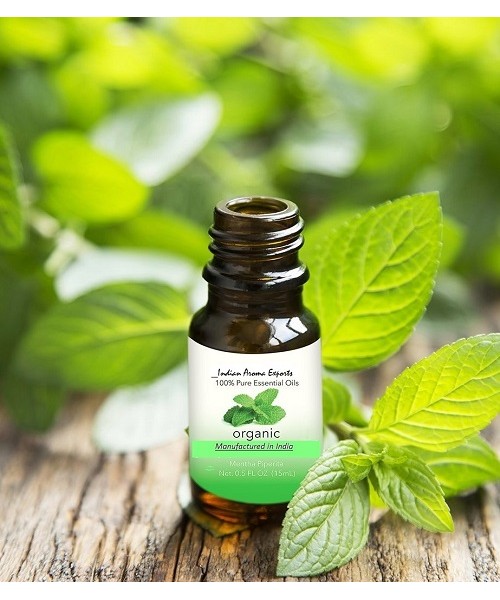DESCRIPTION:
This oil has an extensive history in perfumery and is considered a fixative, adding a warming note to blend.
COMMON NAMES:
Salvia sclarea.
CONSTITUENTS:
Linalyl acetate (up to 70%) and linalool (up to 25%), β-caryophyllene, myrcene.
BLENDS WITH:
Bay, black pepper, bergamot, cardamom, cedarwood atlas, coriander, chamomile roman, cypress, geranium, frankincense, grapefruit, jasmine, lavender, lemon verbena, juniper, labdanum, lime, mandarin, petitgrain, pine, melissa, patchouli, rose maroc, sandalwood, rose otto and tea tree.
USES:
It is used in treating acne, boils, amenorrhea, constipation, cramps, convulsions, dandruff, dysmenorrhoea, depression, dyspepsia, flatulence, excessive perspiration, high blood pressure, infection, hypertension, inflamed skin, migraine, leucorrhoea, muscular aches & pains, oily skin & hair, nervous fatigue, throat infections. Besides it is also good addition to bath where its antispasmodic actions help with headaches & migraines.
|
Botonical Name |
: |
Salvia sclarea |
|
CAS # |
: |
8016-63-5 |
|
Country of Origin |
: |
Bulgaria |
|
Color & Odor |
: |
Pale yellow liquid @22C with Herbaceous-tea like odor |
|
Solubility |
: |
Insoluble in water, soluble in alcohol and oils |
|
F.E.M.A. # |
: |
2321 |
|
Specific Gravity |
: |
0.915@ 72°F |
|
Optical Rotation |
: |
0.12 |
|
Refractive Index |
: |
1.463@ 72°F |
|
Flash Point |
: |
174 °F |
|
Major Constituents |
: |
Linalyl acetate (up to 70%) and linalool (up to 25%), β-caryophyllene, myrcene. |
|
Extraction Method |
: |
Steam Distillation |

